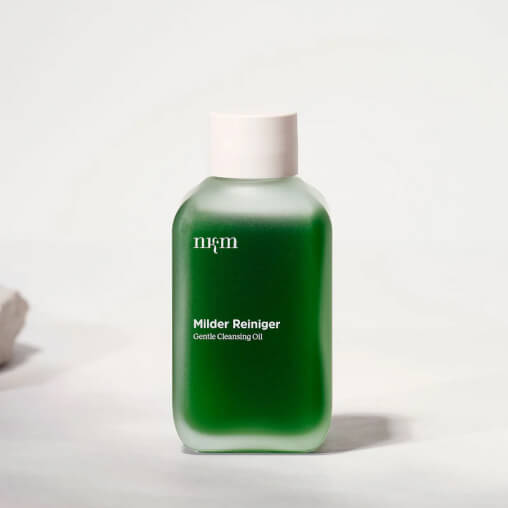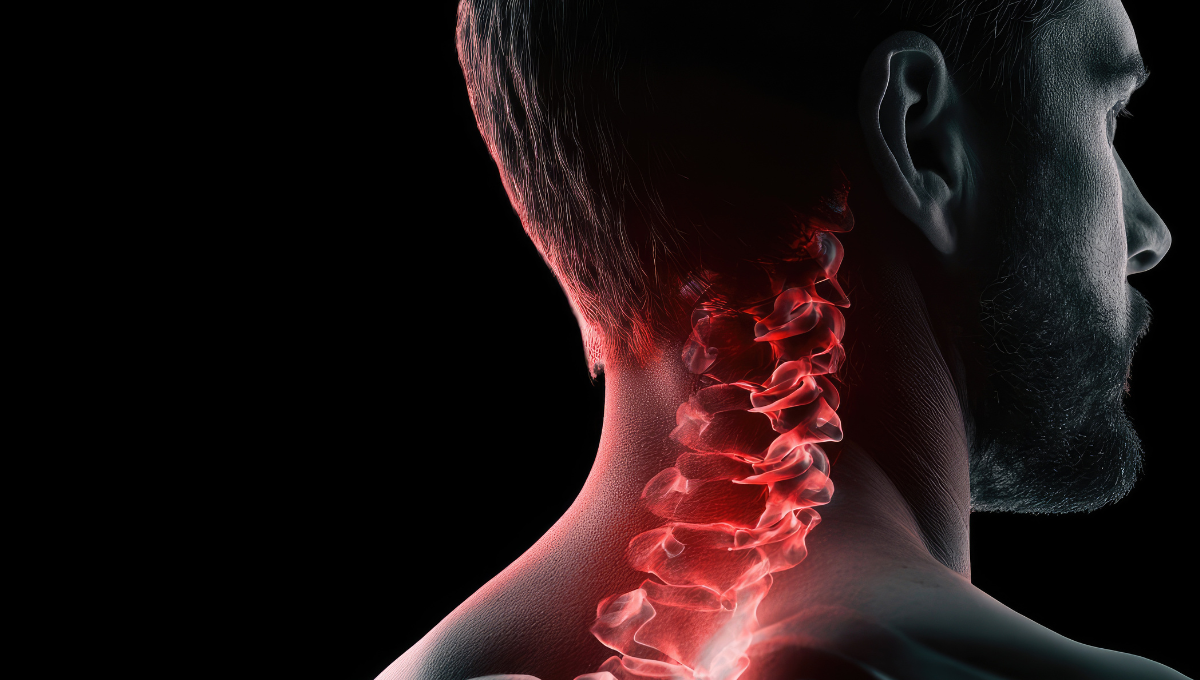Introduction :
You stretch. You massage. You change your pillow — yet your neck and shoulders still ache.
What if the problem isn’t what you’re not doing, but what you’re doing every day without realizing it?
From the way you work to how you sleep, small daily habits can quietly create — or cure — chronic tension.
Let’s identify the hidden culprits behind your stiffness and discover the simple steps that can finally bring you relief.
The 5 Daily Habits That Make It Worse
1. Looking Down at Your Phone All Day
Your head weighs around 10 pounds — but when tilted forward, that weight multiplies.
Scrolling or texting for hours strains your neck muscles, compresses vertebrae, and leads to the infamous “tech neck.”
💡 Fix: Keep your screen at eye level, take micro-breaks, and stretch your neck every 30 minutes.
2. Hunching Over Your Desk
Slouching might feel natural, but it forces your shoulders forward and tightens upper-back muscles.
💡 Fix: Use ergonomic seating and try the Pulsoria™ PostureSense Pro, a wearable reminder that helps you maintain a natural upright position effortlessly.
3. Sleeping on the Wrong Pillow
A too-high or too-flat pillow throws your cervical spine out of alignment.
💡 Fix: The Pulsoria™ SpineAlign Orthopedic Pillow cradles your neck at the perfect angle, improving posture and reducing stiffness overnight.
4. Ignoring Stress
Emotional tension = physical tension.
When stressed, your shoulders rise, your breathing shortens, and your muscles tighten — even while sitting still.
💡 Fix: Take mindful breaks. Deep breathing, meditation, or even a short walk can reset your nervous system.
5. Skipping Movement Breaks
Sedentary work weakens stabilizing muscles, causing pain to build up gradually.
💡 Fix: Every 45 minutes, roll your shoulders, stretch your chest, or simply stand up and move.
The 3 Habits That Heal It
1. Daily Neck Mobility Routine
Gentle range-of-motion exercises can improve flexibility and blood flow.
Try slow head tilts, chin tucks, and shoulder rolls each morning and before bed.
2. Heat & Massage Therapy
Applying heat relaxes tight muscles, while massage boosts circulation and releases tension.
The Pulsoria™ Heated Neck Massager combines both — ideal for deep, instant relief after a long day.
3. Posture Awareness Throughout the Day
True healing happens when posture becomes automatic.
Corrective accessories like the Pulsoria™ PostureSense Pro train your body subconsciously — so you move, sit, and breathe naturally again.
Conclusion :
Neck and shoulder pain aren’t just the price of modern life — they’re a message from your body.
By identifying harmful habits and replacing them with healing ones, you can restore balance, mobility, and lasting comfort.
At Pulsoria™, we believe small, mindful changes can lead to extraordinary transformation.
✨ Explore our collection of neck and shoulder relief products — designed to bring you calm, confidence, and comfort, every day.
“The first objective of the plan is to improve awareness and understanding of antimicrobial resistance through effective communication, education and training”
What are the objectives of WAAW?
- To make AMR a globally recognized issue with engagement of all sectors – human, animal, plant and environment, a ‘One Health approach’.
- To raise awareness of the need to protect antimicrobial efficacy through prudent and responsible use.
- To increase recognition of the roles that individuals, governments, civil society organizations and human, animal, environment and plant health as.
- well as agriculture professionals must all play in tackling antimicrobial resistance.
- To make AMR a globally recognized issue with engagement of all sectors – human, animal, plant and environment, a ‘One Health approach’.
- To raise awareness of the need to protect antimicrobial efficacy through prudent and responsible use.
- To increase recognition of the roles that individuals, governments, civil society organizations and human, animal, environment and plant health as.
- well as agriculture professionals must all play in tackling antimicrobial resistance.


World Antibiotic Awareness Week is Celebrated between the 18th -24th of November each year and it was born out of the need to increase the awareness of global antimicrobial resistance (AMR) and to encourage best practices among the general public, health workers, farmers, animal health professionals and policy makers to avoid the further emergence and spread of drug-resistant infections.







